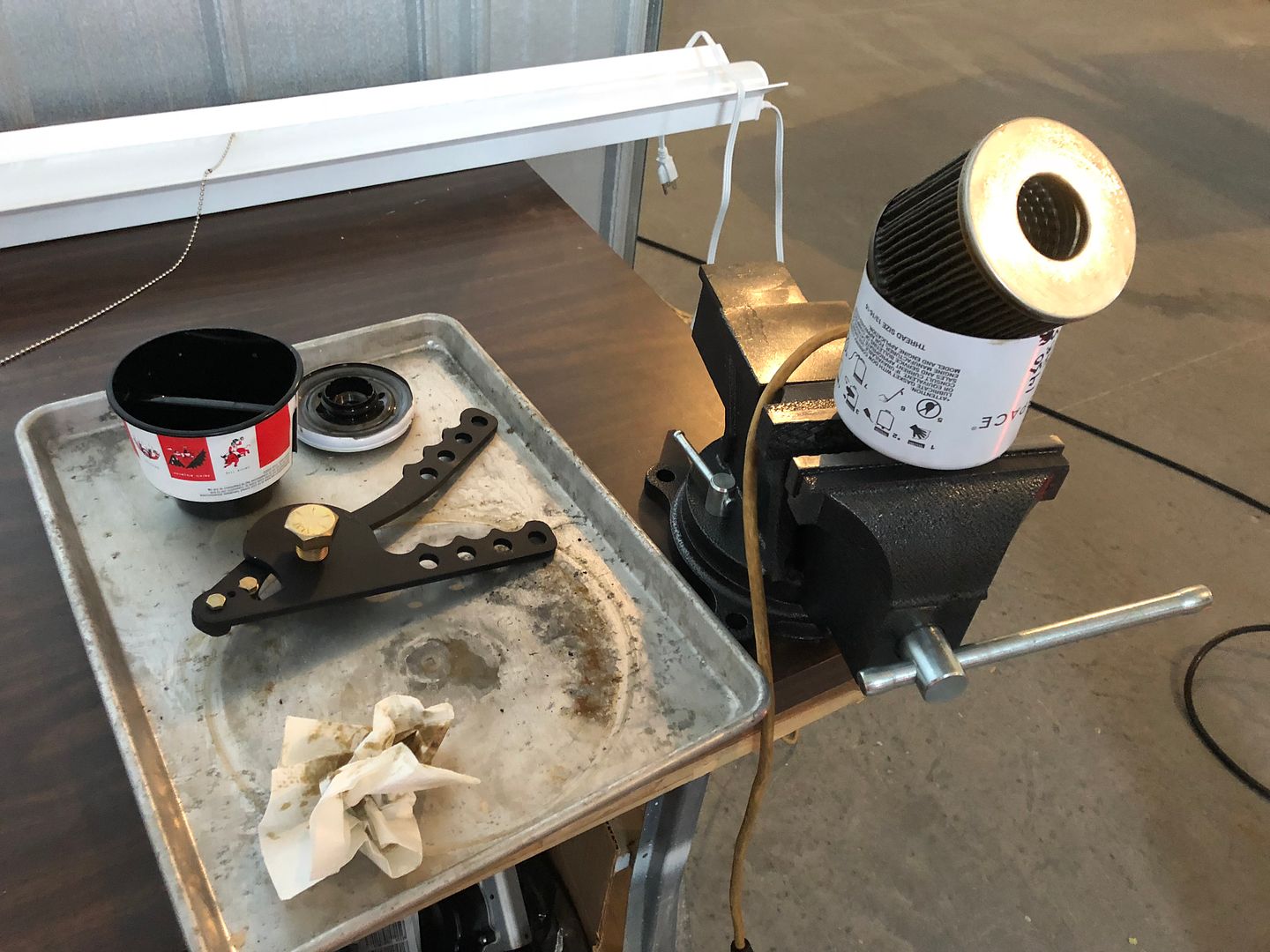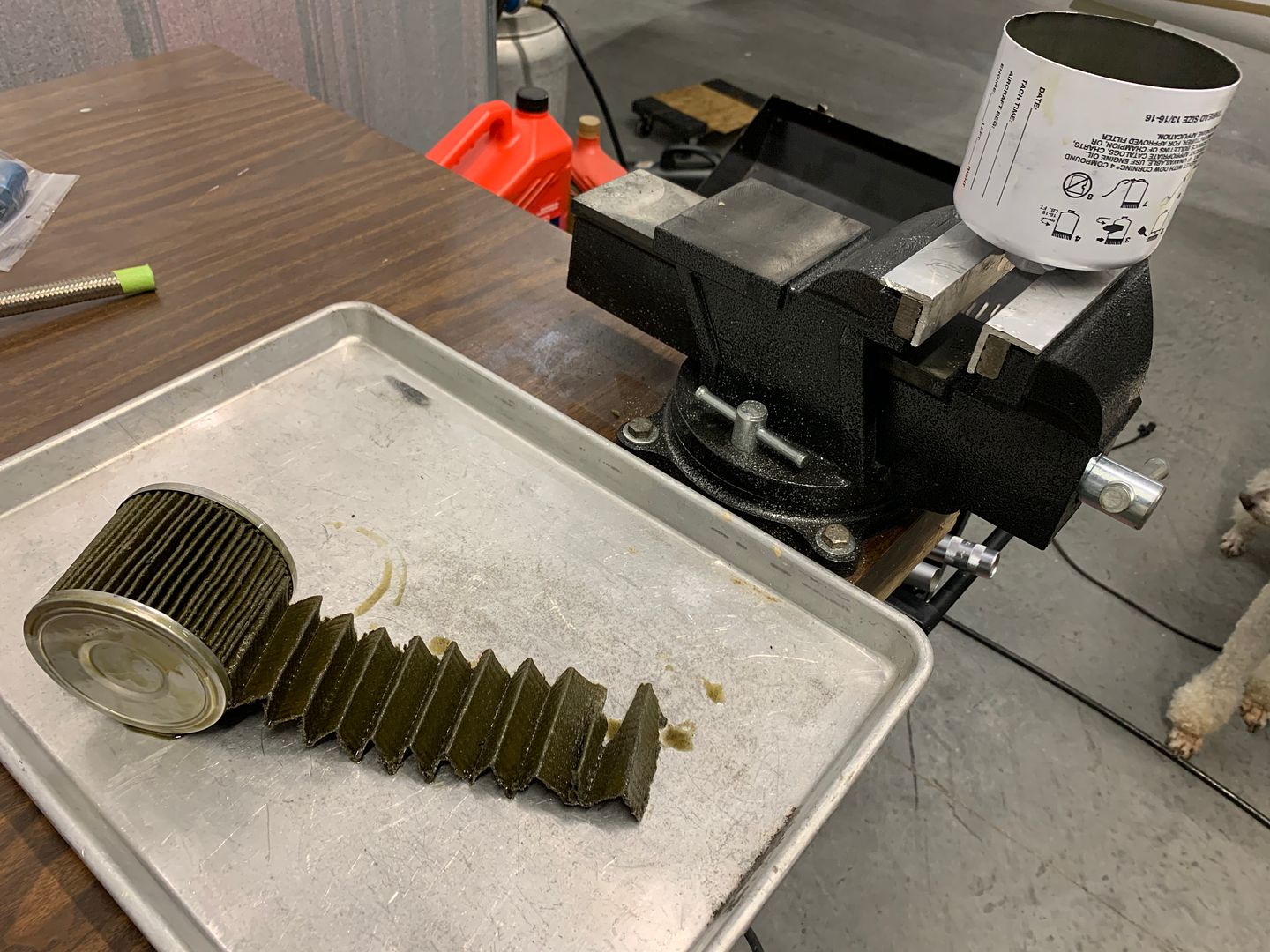ArrowFlyer86
Pattern Altitude
- Joined
- Jul 17, 2019
- Messages
- 1,543
- Location
- Chicago suburbs
- Display Name
Display name:
The Little Arrow That Could
This year I started changing my own oil, which has been way more convenient than bringing it into the shop. The only issue is that when I have to open the oil filter to check for debris after an oil change it's... not a very neat process. In fact my process is about as ungraceful as can be.
I watched a couple tutorials online, and one of the more promising one uses this tool which I'm not familiar with... Hoping someone can point me in the right direction on where to get one or provide other tips/recommendations for how to open one up more neatly... In case it helps, I'm using the Tempest EZ Spin oil filters just like the guy in this video.
Any recommendations appreciated!

I watched a couple tutorials online, and one of the more promising one uses this tool which I'm not familiar with... Hoping someone can point me in the right direction on where to get one or provide other tips/recommendations for how to open one up more neatly... In case it helps, I'm using the Tempest EZ Spin oil filters just like the guy in this video.
Any recommendations appreciated!






